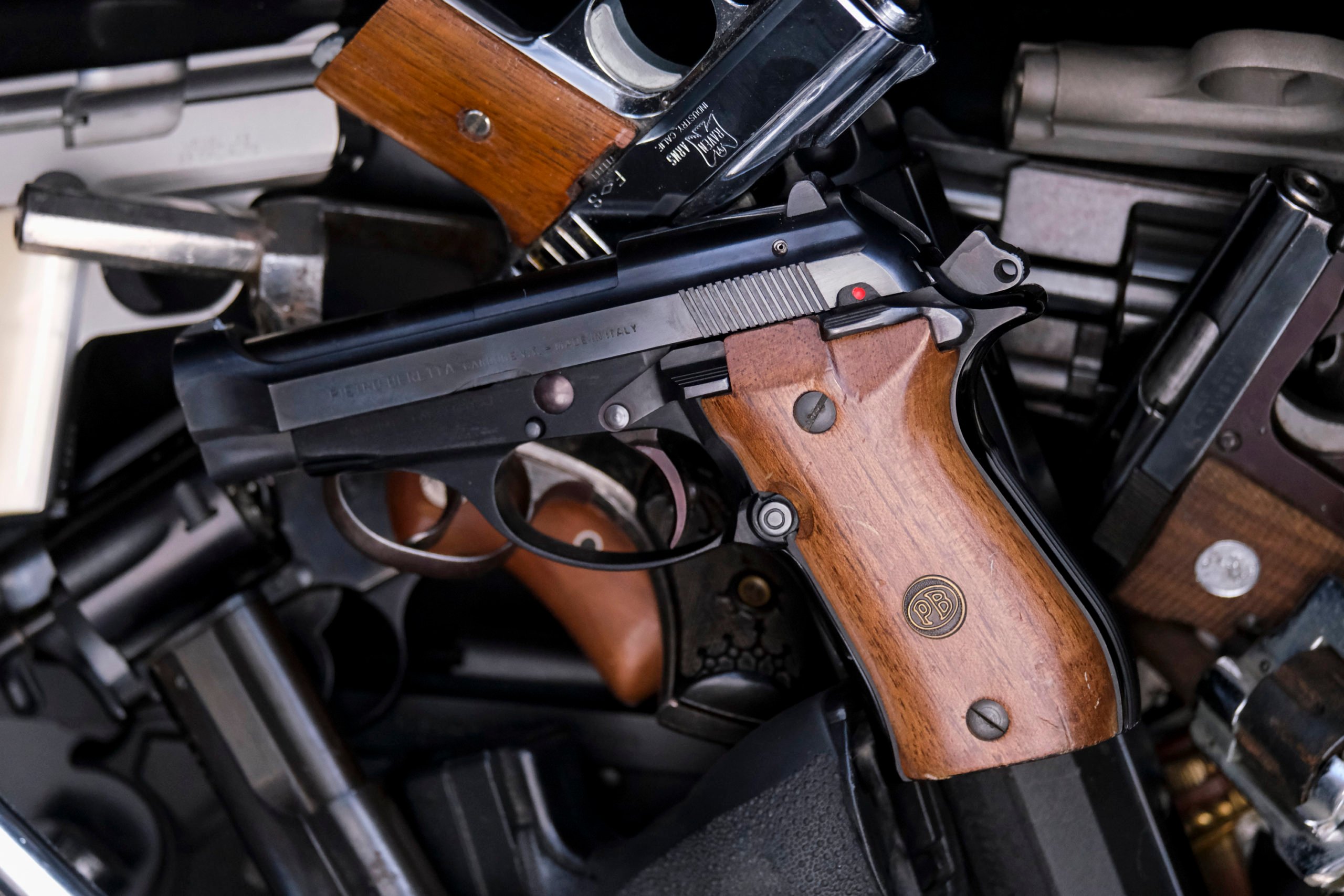What To Know Today
NEW from THE TRACE: Gun deaths eclipsed 45,000 for the first time in 2020. The pandemic homicide spike pushed gun deaths to rise to 45,222, a 14 percent increase over 2019 and the largest one-year jump on record, according to provisional data the CDC published in its interactive WONDER database. The mortality data, which comes from death certificates collected at the state level, shows that firearm injury is now the 13th leading cause of death in the U.S., and more deadly than car crashes for the fourth year in a row. The national age-adjusted gun death rate in 2020 was 13.6 per 100,000 people — the highest since 1994. The steep increase in gun deaths was driven largely by homicides, which spiked 35 percent between 2019 and 2020. And guns were used in a greater proportion of homicides than ever before: 79 percent, up from 74 percent in 2019. You can read Jennifer Mascia’s piece here.
2020 also saw a spike in shootings of police officers — but fewer officers died overall. That finding comes from a forthcoming paper analyzing Gun Violence Archive data from 2014 through 2020, authored by criminologists Michael Sierra-Arévalo, Brad O’Guinn, and Justin Nix. Even as shooting deaths in the line of duty declined from 2018 through 2020, firearm assaults on officers increased by 31 percent over the span, ultimately reaching the highest level in the seven-year period they reviewed. In that same time span, 283 officers were fatally shot while on duty, compared to 1,485 who were shot but survived. The paper also found that an officer’s proximity to trauma care facilities did not increase their chances for survival. Though that link has been observed among civilians, the study’s authors suggest police access to specialized safety and medical equipment may in part outweigh the importance of a nearby trauma center. Implications and looking ahead: The authors called for further investigation of the disparity between a decline in fatal shootings of police officers in 2020 amid a broader spike in both fatal and nonfatal shootings that year. They also recommend that all officers be required to use bulletproof vests and carry tourniquets they’ve been trained to use, and that states follow California’s model of data collection on use of force against the police for getting a more accurate picture.
Lawsuit seeks to hold Facebook accountable for Boogaloo-linked shooting death of a federal security guard. Steven Carillo, then an active Air Force sergeant, was charged with the May 2020 killing of Department of Homeland Security Officer Dave Underwood in Oakland during a protest. Underwood’s sister on Wednesday announced she was suing the social media giant because Carillo and an ideologically aligned co-conspirator “connected through Facebook’s groups infrastructure and its use of algorithms designed and intended to increase user engagement.” The suit is the latest attempt to crack the broad legal protection tech companies have when use of their platforms leads to real-world harm.
Denver mass shooter’s web history illuminates the path from an internet subculture of misogyny to far-right violence. Bellingcat took a deeply unsettling look at the digital trail of the man who killed five people in a series of shootings on December 28, and the violent, anti-women, and far-right corners of the internet he immersed himself in. The authors write: “As open source trails have shown with other mass shootings, there is cross-pollination and connections between even the most seemingly anodyne far-right ideologues and those who engage in gruesome acts of killing. Murder, for the shooter in Denver, became a way of feeling powerful.” Meanwhile, it emerged this week that the Denver Police received a warning about the gunman last year, but said they didn’t have sufficient evidence to act at the time. Related from The Trace: A number of prominent mass shooters have been linked by their hatred of women, including through the online incel subculture that Jennifer Mascia wrote about in 2019.
A year after the Capitol insurrection, we look back at two relevant Trace stories. Trace contributor Olivia Li interviewed Duke Law professor Darrell Miller, who argued that an extreme strain of Second Amendment advocacy seeded an “insurrectionist” mindset and convinced some Americans that they have the right to use violence against political opponents. Meanwhile, Chip Brownlee reported on how extremists and far-right groups have sought to recruit dispirited Trump supporters by invoking the Second Amendment and spreading conspiracies about gun confiscation.
Data Point
~50 percent — the increase in the rate of gun deaths of children 14 and under from the end of 2019 through the end of 2020, according to CDC data. That toll appeared to get worse in 2021, according to publicly available information tracked by the Gun Violence Archive. [The New York Times]

